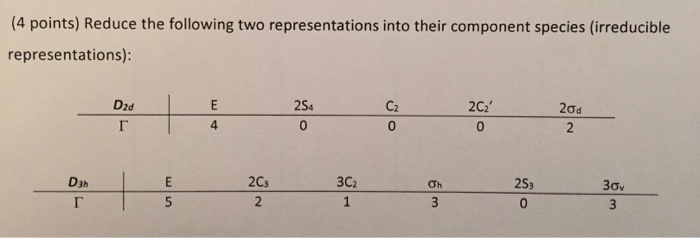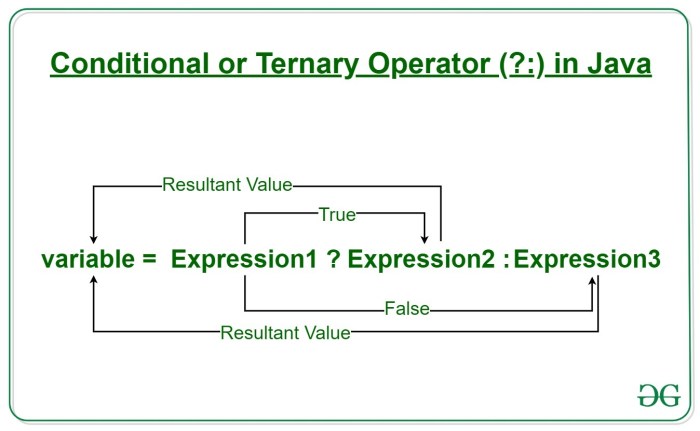Extract this nested ternary operation into an independent statement. – The extraction of nested ternary operations into independent statements is a crucial practice in software development. By breaking down complex ternary operations into simpler components, developers can improve code readability, maintainability, and overall program quality. This article explores the purpose, benefits, and methods for extracting nested ternary operations, providing valuable insights and best practices for effective code structuring.
Understanding Nested Ternary Operations: Extract This Nested Ternary Operation Into An Independent Statement.

Nested ternary operations, also known as conditional expressions, are a powerful tool in programming that allow for concise and flexible decision-making. They consist of three expressions: a condition, a value to return if the condition is true, and a value to return if the condition is false.
For example, the following nested ternary operation assigns the value “true” to the variable resultif the condition a > bis true, and “false” otherwise:
“`result = (a > b) ? “true” : “false”;“`
Benefits of Extracting Nested Ternary Operations
While nested ternary operations can be convenient, they can also make code difficult to read and maintain, especially when they become complex. Extracting nested ternary operations into independent statements can significantly improve code readability and maintainability.
By extracting the nested ternary operation into a separate statement, the code becomes more straightforward and easier to understand. It also makes it easier to modify or debug the code, as the logic is no longer buried within a single line.
Methods for Extracting Nested Ternary Operations
There are several methods for extracting nested ternary operations, including using assignment statements or conditional statements.
Using Assignment Statements
One method is to use assignment statements to assign the result of the nested ternary operation to a temporary variable. For example, the following code extracts the nested ternary operation from the previous example into a separate statement:
“`bool_result = (a > b) ? true : false;result = bool_result ? “true” : “false”;“`
Using Conditional Statements
Another method is to use conditional statements to implement the logic of the nested ternary operation. For example, the following code uses a conditional statement to implement the same logic as the previous example:
“`if (a > b) bool_result = true; else bool_result = false;if (bool_result) result = “true”; else result = “false”;“`
Code Examples and Best Practices, Extract this nested ternary operation into an independent statement.
The following code examples demonstrate the extraction of nested ternary operations:
“`// Before extractionresult = (a > b) ? (c > d) ? “true” : “false” : (e > f) ? “true” : “false”;// After extraction using assignment statementsbool_result1 = (a > b) ? (c > d) : “false”;bool_result2 = (e > f) ? “true” : “false”;result = bool_result1 ? bool_result2 : “false”;// After extraction using conditional statementsif (a > b) if (c > d) bool_result1 = true; else bool_result1 = false; else bool_result1 = false;if (e > f) bool_result2 = true; else bool_result2 = false;if (bool_result1) result = bool_result2 ? “true” : “false”; else result = “false”;“`
When using nested ternary operations, it is important to consider the following best practices:
- Keep nested ternary operations simple and easy to understand.
- Use assignment statements or conditional statements to extract complex nested ternary operations into separate statements.
- Use parentheses to group expressions and improve readability.
FAQ Insights
What are the benefits of extracting nested ternary operations?
Extracting nested ternary operations improves code readability, maintainability, and reduces the potential for errors.
What are the different methods for extracting nested ternary operations?
Nested ternary operations can be extracted using assignment statements or conditional statements.

